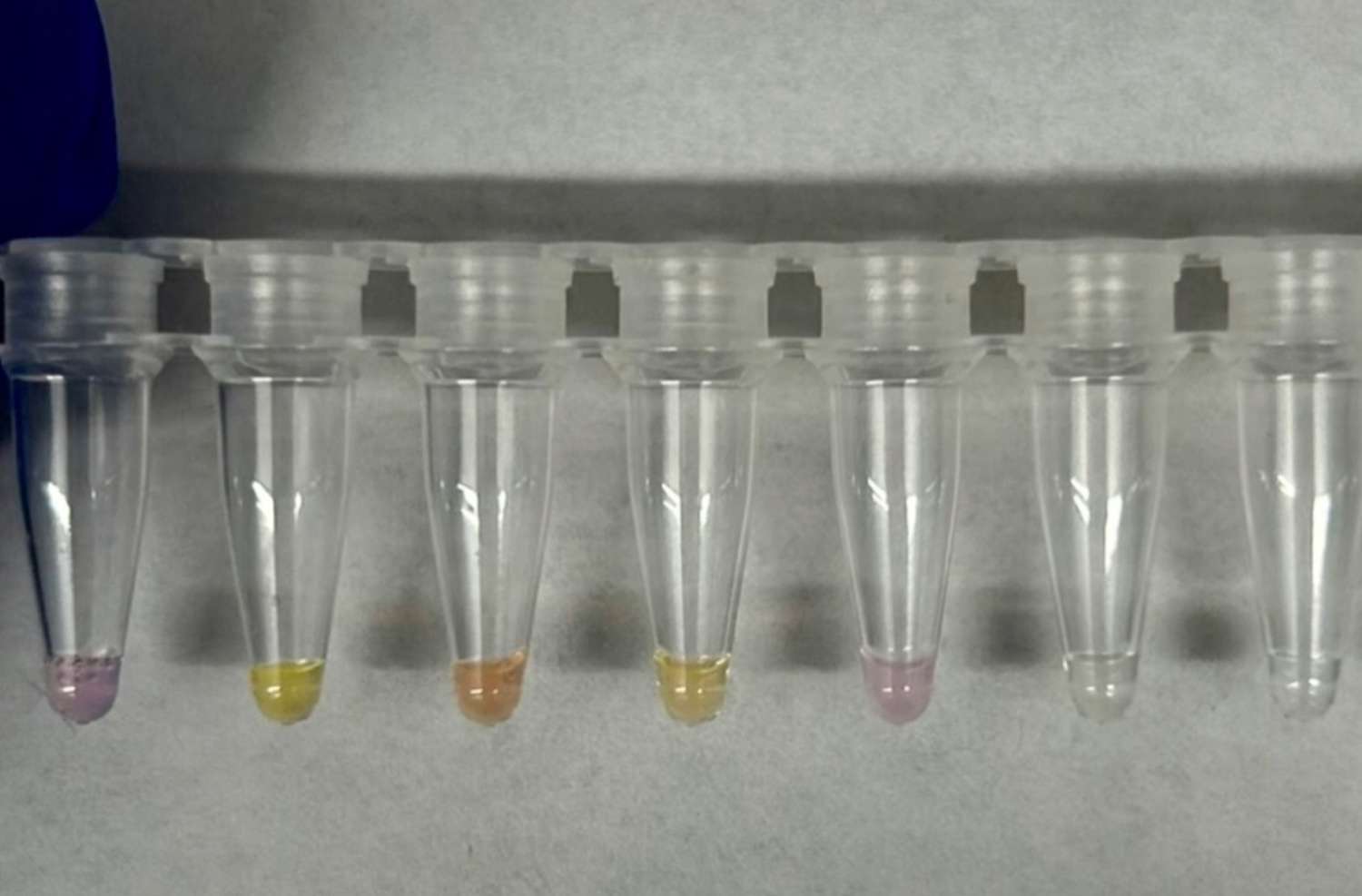CRISPRkit is dedicated to making gene editing accessible to people of all ages and backgrounds. Targeting K-12 students and anyone interested in learning about CRISPR gene editing, these do-it-yourself kits are priced at just $2 each (or around $40 for a classroom set). The founders of CRISPRkit state on their website, “Our goal is to democratize the tool that allows us to rewrite the code of life.”
The emergence of CRISPRkit reflects how far we have come in a short span of eight years. Back in the day, Stanford University’s Dr. David Relman expressed concerns about the potential dangers of unregulated DIY gene editing. This was amidst the rise of the DIYBio movement, exemplified by companies like The ODIN, which offered direct-to-consumer CRISPR editing kits. As someone who used an ODIN kit to experiment with gene editing bacteria in their kitchen in 2018, I can attest to the growing interest in this field.
CRISPR allows researchers, and now even elementary school students, to manipulate DNA much like editing text in a document. By adding, removing, or modifying sections of the genetic code, they can explore, create, or correct genetic traits.
Primarily conceived by a team of Stanford graduate and undergraduate students, a CRISPRkit comprises vials of circular DNA molecules known as plasmids containing genes that produce proteins in various colors. In the experiment, students introduce CRISPR molecules designed to suppress the production of these colorful proteins. The success of the experiment can be verified using a smartphone app.

“Our aim was to ensure that children from various socio-economic backgrounds could access exciting technologies that are revolutionizing bioengineering and medicine. Hands-on experiments provide them with a real taste of what science is all about,” stated Marvin Collins, one of the minds behind CRISPRkit, in a press release.
For those looking for more advanced CRISPR experiences, The ODIN now offers a range of gene editing kits for plants, bacteria, and yeast. Additionally, bio-enthusiasts can explore the opportunities presented by numerous citizen-science bio-labs to learn and practice bioengineering techniques.
Relman’s apprehensions echo the early days of the biotech revolution in the 1970s. At that time, researchers advocated for a pause in bioengineering advancements and later supported regulations that impeded progress without necessarily boosting safety. The positive outcome today is that initiatives like CRISPRkit and other DIY bioengineering projects exist due to the research community learning from past mistakes.





